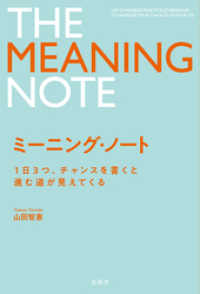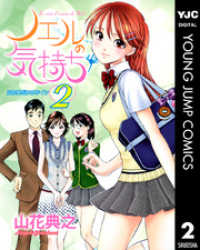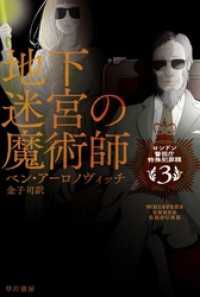Full Description
The day the towers fell, indelible images of plummeting rubble, fire, and falling bodies were imprinted in the memories of people around the world. Images that were caught in the media loop after the disaster and coverage of the attack, its aftermath, and the wars that followed reflected a pervasive tendency to treat these tragic events as spectacle. Though the collapse of the World Trade Center was "the most photographed disaster in history," it failed to yield a single noteworthy image of carnage. Thomas Stubblefield argues that the absence within these spectacular images is the paradox of 9/11 visual culture, which foregrounds the visual experience as it obscures the event in absence, erasure, and invisibility. From the spectral presence of the Tribute in Light to Art Spiegelman's nearly blank New Yorker cover, and from the elimination of the Twin Towers from television shows and films to the monumental cavities of Michael Arad's 9/11 memorial, the void became the visual shorthand for the incident. By examining configurations of invisibility and erasure across the media of photography, film, monuments, graphic novels, and digital representation, Stubblefield interprets the post-9/11 presence of absence as the reaffirmation of national identity that implicitly laid the groundwork for the impending invasions of Iraq and Afghanistan.
Contents
Acknowledgments
Introduction: Spectacle and Its Other
1. From Latent to Live: Disaster Photography after the Digital Turn
2. Origins of Affect: The Falling Body and Other Symptoms of Cinema
3. Remembering-Images: Empty Cities, Machinic Vision, and the Post-9/11 Imaginary
4. Lights, Camera, Iconoclasm: How Do Monuments Die and Live to Tell about It?
5. The Failure of the Failure of Images: The Crisis of the Unrepresentable from the Graphic Novel to the 9/11 Memorial
Conclusion
Notes
Bibliography
Index
-

- 電子書籍
- 指輪が語る真実【分冊】 8巻 ハーレク…
-

- 電子書籍
- ミーニング・ノート 1日3つ、チャンス…
-

- 電子書籍
- ノエルの気持ち 2 ヤングジャンプコミ…
-

- 電子書籍
- 烙印の紋章XII あかつきの空を竜は翔…
-

- 電子書籍
- 地下迷宮の魔術師 ハヤカワ文庫FT



